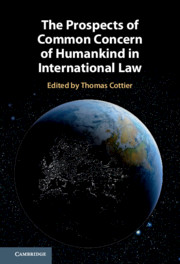Plastic pollution in the Arctic marine system is sparsely quantified, and few enforceable policies are in place to ameliorate the issue. With an inflow-outflow budget for the Arctic Ocean, we identify gateways through which plastic enters and exits the Arctic marine system. While estimating the flux of plastic through rivers, sea ice, and ocean, we also quantify marine plastic pollution from Arctic shipping and fishing. Plastic fluxes are calculated using horizontal volume fluxes of water and ice and combining them with plastic waste concentration data; flux from fishing and shipping is generated through combining waste estimates with estimated ship traffic. We estimate that fishing and shipping contribute 105 tonnes of plastic flux per annum, compared to 10−1 tonnes per annum from river inflow. The ocean has a far smaller net outflow, dwarfed by that of ice, at 10−8 to 10−7 and 10−5 to 10−3 tonnes per annum, respectively. We examine how a suite of proposed policy interventions would quantitatively change those concentrations, and how the current governance environment makes each feasible; we find interventions targeting vessel traffic most effective. These interventions include a prohibition on the use of certain plastics in fishing as well as a Polar Code permitting scheme.


